Tokugawa Ieyasu - Shogun The Banning of Christianity
But when Europeans hit other advanced cultures, they had a much rougher time. Japan had the chance to open up and then to spread her power around the world, just like any European country. But Japan said no.
And, strangely, we can thank European religion for that. The Japanese had been turning Christian, ever since Jesuit priests arrived from Portugal in 1549.
By the early 1600s, at least a quarter of a million Japanese were Catholic.
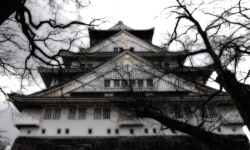
The Jesuits must have thought they were close to making Japan a Catholic country. And, as a go-betweens in trade, their influence was huge.
April, 1600. Osaka Castle. A shipwrecked Englishman called William Adams was brought before Japan’s most powerful warlord, Tokugawa Ieyasu. The Jesuits were watching. They did not welcome the arrival of an English Protestant heretic. They had some good, Christian advice for the Japanese. Crucify him. Luckily for Adams, Ieyasu ignored their advice.
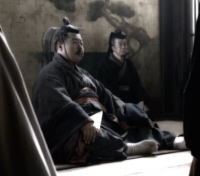
Tokugawa Ieyasu was a man of great intellectual openness and curiosity about the outside world.
Adams’ hair-raising tales about his two-year voyage to Japan intrigued and amused Ieyasu. Ieyasu soon had Adams teaching him maths and geometry. He badly wanted an ocean-going fleet of his own, and Adams, who’d served with Drake against the Armada, had the skills he needed.
Under William Adams, the Japanese built two perfect replicas of the kind of European ships that were travelling the world. Soon Ieyasu was depending on William Adams very heavily. So much so, he told him, he could never again leave the Japan.
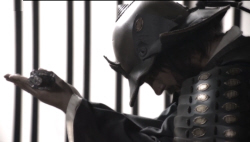
In 1603, Tokugawa Ieyasu became Shogun, the military leader of all Japan. And he honoured Adams in a way no other foreigner had ever been before or since. Adams was made a samurai.
Tokugawa Ieyasu “William Adams, the navigator, is dead. Samurai Miura Anjin is born.”
Despite the mutual respect shown by Adams and Ieyasu, Japanese tolerance of Christians was about to be tested to the limit. The Jesuits helped to build a trading empire for Portugal and Spain. But their deeper goal was a religious empire for the Catholic Church.
In 1615, Japanese Catholics supported a rival to Ieyasu. In the siege of Osaka Castle the furious Shogun massacred 40,000 of them. And the Jesuits were driven from Japan. Christianity was banned, foreigners were expelled, and all Japanese were prohibited from leaving their own country on pain of death.
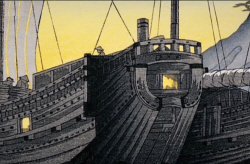
Japanese ships from now on were built with a special hole in the stern, so that if they went too far out to sea, the ocean swell would capsize them. These were ships built to stay close to the land. The curiosity about the outside world that William Adams had discussed with Tokugawa Ieyasu was now replaced by sakoku - the closed or “locked country” policy.
Japan remained closed for more than 200 years. Europeans had destroyed any chance of trade with Japan… because of their obsession with religion.
Many people have portrayed the Japanese decision to slam the doors on the outside world as one of the great historical mistakes. How ridiculous!
The British at the same time went off and created a worldwide empire. But there is another way to think about this. The closed-country policy gave the Japanese 250 years of peace. Guns virtually disappeared. There were none of the terrible epidemics that ravaged other countries, and, above all, the intensity of Japanese culture, the “Japaneseness” of Japan, its buildings, its food, its taste, it’s art, really derive from this period above all.
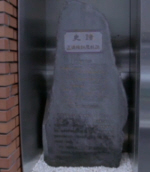
So, if this is one of the great historical mistakes, there have been worse ones.
The first Englishman to embrace Japanese culture, William Adams, is still fondly remembered in Japan. This memorial to him is in an area of Tokyo called Anjin-Cho, in memory of Anjin-san, Mr Navigator.
